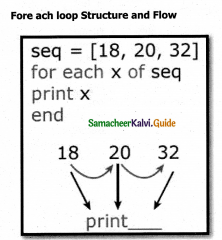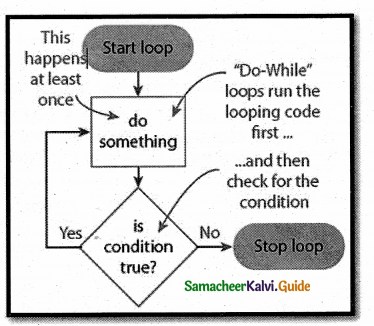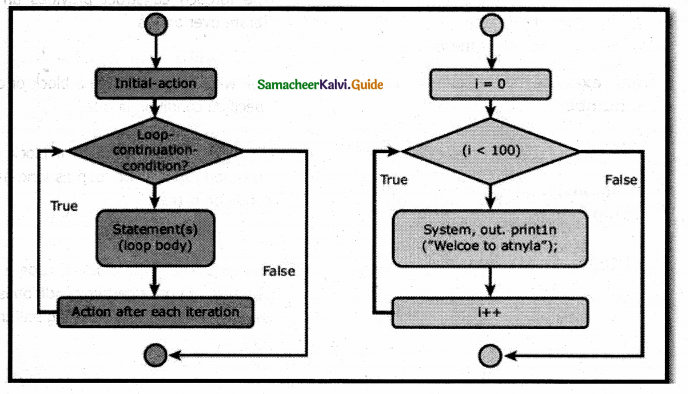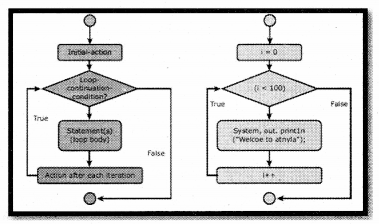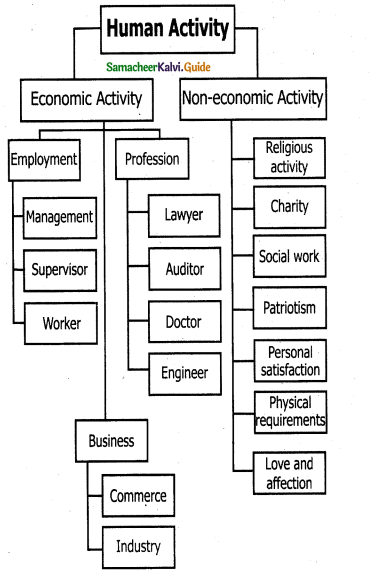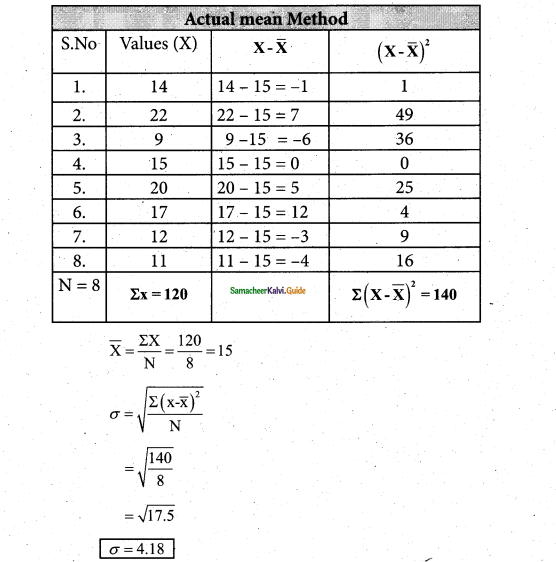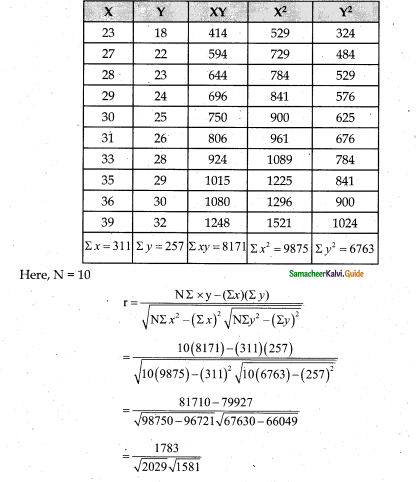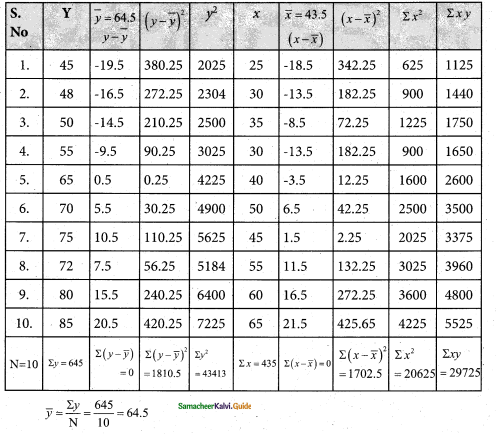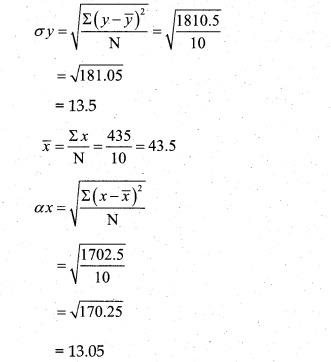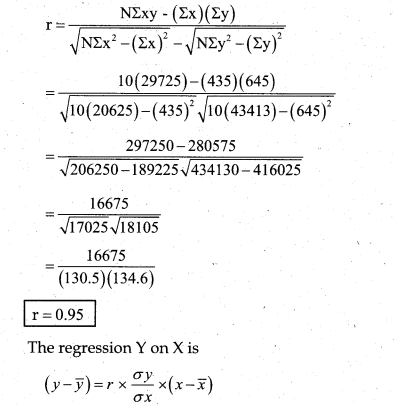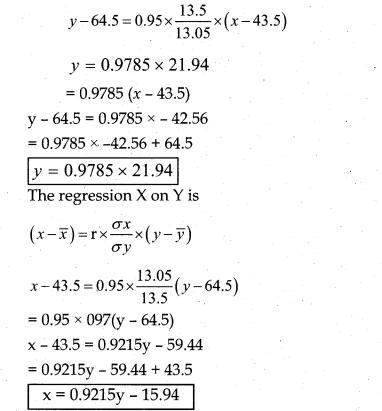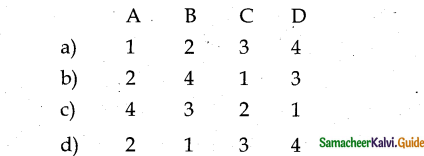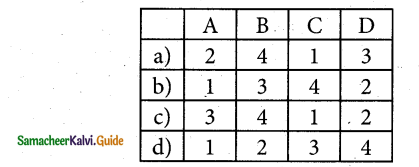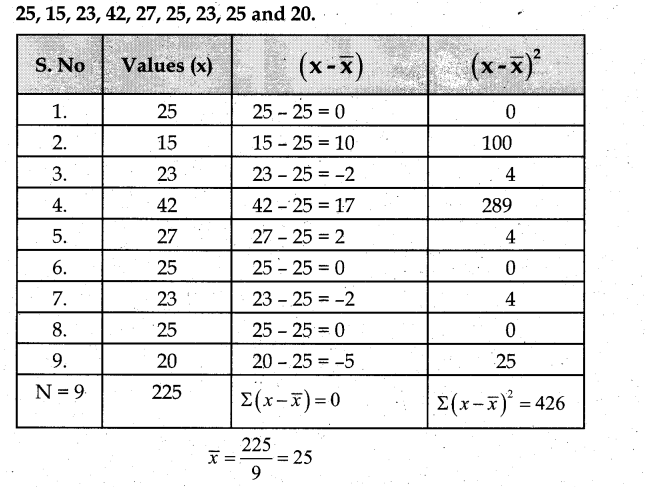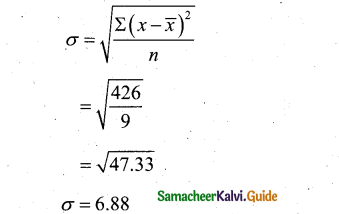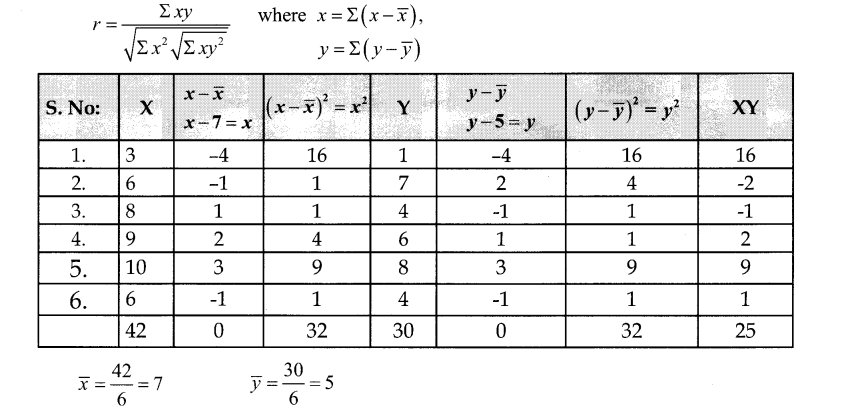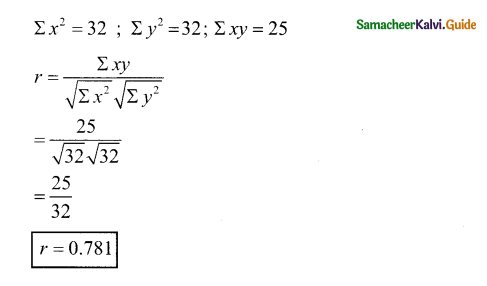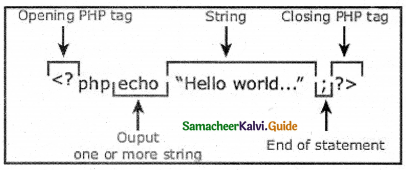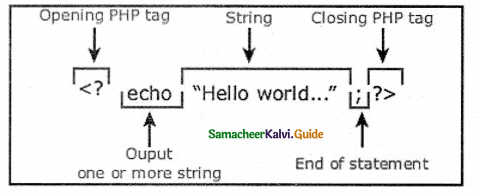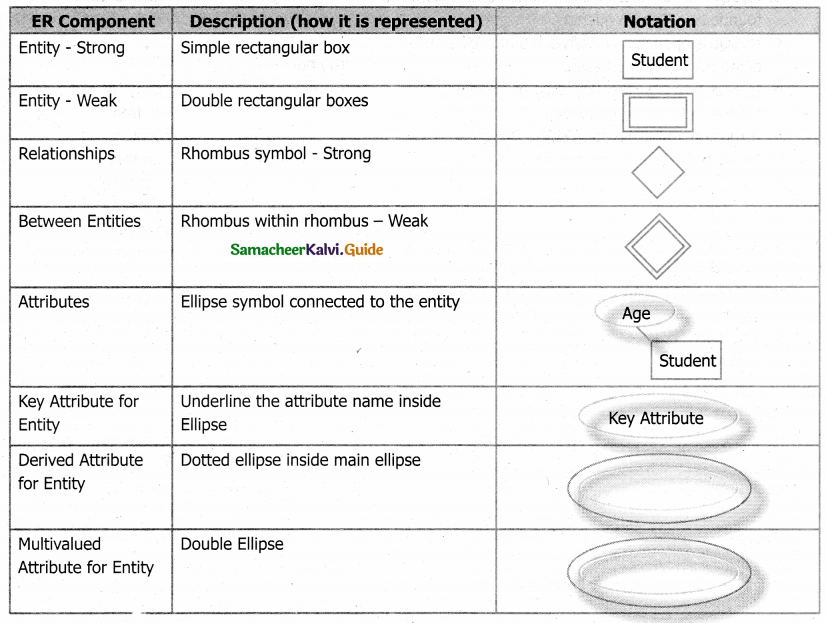Tamilnadu State Board New Syllabus Samacheer Kalvi 11th Commerce Guide Pdf Chapter 4 Sole Proprietorship Text Book Back Questions and Answers, Notes.
Tamilnadu Samacheer Kalvi 11th Commerce Solutions Chapter 4 Sole Proprietorship
11th Commerce Guide Sole Proprietorship Text Book Back Questions and Answers
EXERCISE
I. Choose the Correct Answer
Question 1.
Which is the oldest form of Business organisation?
a. Sole Proprietorship
b. Partnership
c. Co-operative Society
d. Company
Answer:
a. Sole Proprietorship
Question 2.
In which form the owner, establisher and manager is only one?
a. Joint Enterprise
b. Government Company
c. Co-operative Society
d. Sole Proprietor
Answer:
d. Sole Proprietor
![]()
Question 3.
A major disadvantage of sole proprietorships …………………….
a.Limited liability
b.Unlimited liability
c.Easy Formation
d.Quick decision
Answer:
b.Unlimited liability
Question 4.
From the following which one is Non corporate form of business?
a. Joint stock company
b. Sole trading business
c. Government company
d. Co-operatives
Answer:
b. Sole trading business
II. Very Short Answer Questions
Question 1.
Who is called a Sole Trader?
Answer:
Proprietorship is a form of business organisation in which an individual introduces his own capital, uses his own skill and intelligence in the management of its affairs, and is solely responsible for the results of its operations.
Question 2.
What are Non-corporate enterprises?
Answer:
The businesses which have no legal separation from the owners of the business are known as non-corporate enterprises.
E.g Sole proprietorship and Partnership.
![]()
Question 3.
What are Corporate enterprises?
Answer:
- Government – Public Undertakings, Public Utilities.
- Private – Joint-stock companies
- Co-operative society
Question 4.
For which of the following types of business do you think a sole proprietorship form of organisation would be more suitable, and why?
Answer:
a. Grocery store
b. Medical store
c. Craft centre
d. Legal consultancy
e. Internet cafe
According to the features of Sole proprietorship, it would be suitable for Grocery Store, Craft centre.
![]()
III. Short Answer Questions
Question 1.
How is it possible to maintain secrecy insole proprietorship?
Answer:
In a sole proprietorship, as the trader is the sole owner of the business, the secrecy can be maintained easily.
Question 2.
What is an unlimited liability?
Answer:
The creditors have the right to recover their dues even from the personal property of the proprietor in case the business assets are not sufficient to pay their debts.
![]()
Question 3.
Write any three characteristics of Sole Proprietorship.
Answer:
1. Ownership by one man:
This is owned by a single person. The sole trader contributes the required capital. He is not only the owner of the business but also manages the entire affairs.
2. Freedom of work and Quick Decisions: Since an individual is himself as an owner, he need not consult anybody else. Hence he can make quick decisions.
3. Unlimited Liability: When his business assets are not sufficient to pay off the business debts he has to pay from his personal property.
Question 4.
Give some examples’ of the Sole trading business.
Answer:
Fruit sellers, Tailoring units, Petty shops, Super Markets.
![]()
Question 5.
Define Sole trading business.
Answer:
“Sole proprietorship is that form of business organisation which is owned and controlled by a single individual. He receives all the profits and risks of his property in the success or failure of the enterprise” – Wheeler.
IV. Long Answer Questions
Question 1.
Explain the characteristics of Sole trading business.
Answer:
The following are the characteristics of a Sole Trader.
1. Ownership by one man:
This is owned by single person. The sole trader contributes the required capital. He is not only the owner of the business but also manager of the entire affairs.
2. Freedom of work and Quick Decisions:
Since the individual is himself as an owner, he need not consult anybody else. Hence he can take quick decisions.
3. Unlimited Liability:
When his business assets are not sufficient to pay off the business debts he has to pay from his personal property.
4. Enjoying Entire Profit:
He strives tirelessly for the improvement and expansion of his business and enjoys all the benefits of his hard work.
5. Absence of Government Regulation:
A sole proprietor concern is free from Government regulations. No legal formalities are to be observed in its formation, management or in its closure.
6. No Separate Entity:
The sole trading concern comes to an end with death, disability, insanity and insolvency of the individual.
7. Maintenance of Secrecy:
Since he/she manages all the affairs of the business, the secrecy can be maintained easily.
![]()
Question 2.
What are the advantages of the Sole trading business?
Answer:
1. Easy Formation:
No legal formalities are required to initiate a sole trading concern. Any person capable of entering into a contract can start it, provided he has the necessary resources for it.
2. Incentive to Work hard:
There is a direct relationship between effort and reward. The fact that the entire profit can be taken by himself without sharing with anybody else induces him to work ceaselessly.
3. Small Capital:
Small capital is an important as well as the specific advantage of a sole proprietorship. A sole proprietor can start a business with small capital.
4. Credit Standing:
Since his private properties are held liable for satisfying business debts, he can get more financial assistance from others.
5. Personal Contact with the Customers:
Since the sole proprietor knows each and every customer individually he can supply goods according to their taste and preferences. Thus he can cultivate a personal relationship with the customers.
6. Flexibility:
The sole trader can easily adjust himself to the changing requirements of his business.
![]()
Question 3.
What are the disadvantages of the Sole trading business?
Answer:
1. Limited Capital:
Since the capital is contributed by one individual only, business operations have necessarily to be on a limited scale.
2. Limited Managerial Skill:
A single person’s intelligence and experience may not help him beyond a certain stage. Since he has to focus on each and every activity, his managerial ability is bound to be limited.
3. Unlimited Liability:
The creditors have the right to recover their dues even from the personal property of the proprietor in case the business assets are not sufficient to pay their debts.
4. Lack of Specialisation:
Since the business unit is small and the financial resources are limited, experts in different fields cannot be employed to secure maximum advantages.
5. Hasty Decisions:
A sole proprietor is more likely to take hasty decisions as he need not consult anybody else.
![]()
11th Commerce Guide Sole Proprietorship Additional Important Questions and Answers
Choose the correct Answer
Question 1.
…………….. is that form of business organisation which is owned and controlled by a single individual.
(a) Sole trading concern
(b) Partnership firm
(c) Joint Hindu family business
(d) Joint-stock companies
Answer:
(a) Sole trading concern
Question 2.
A business run by an individual is known as …………………. business.
a. Sole Trader
b. Partnership
c. Company
d. Co-operatives
Answer:
a. Sole Trader
![]()
Question 3.
When his business assets are not sufficient to pay off the business debts, he has to pay from his personal property.
(a) Unlimited Liability
(b) Flexibility
(c) Small capital
(d) Limited Liability
Answer:
(a) Unlimited Liability
II. Very Short Answer Questions
Question 1.
How were the decisions taken in sole proprietorship?
Answer:
Since an individual is himself as an owner, he need not consult anybody else. Hence he can make quick decisions.
Question 2.
What is the motive of the business undertaking?
Answer:
All business undertakings which are directly or indirectly engaged in the transfer or exchange of goods are aimed at earning profit and they are exposed to various types of risks.
![]()
Question 3.
What is limited managerial skill?
Answer:
A single person’s intelligence and experience may not help him beyond a certain stage. Since he has to focus on each and every activity, his managerial ability is bound to be limited.
III. Short Answer Questions
Question 1.
Define Sole Trader.
Answer:
In the words of J.L. Hansen, “ Sole trader is a type of business unit where a person is solely responsible for providing the capital, for bearing the risk of the enterprise and for the management of the business”.
![]()
